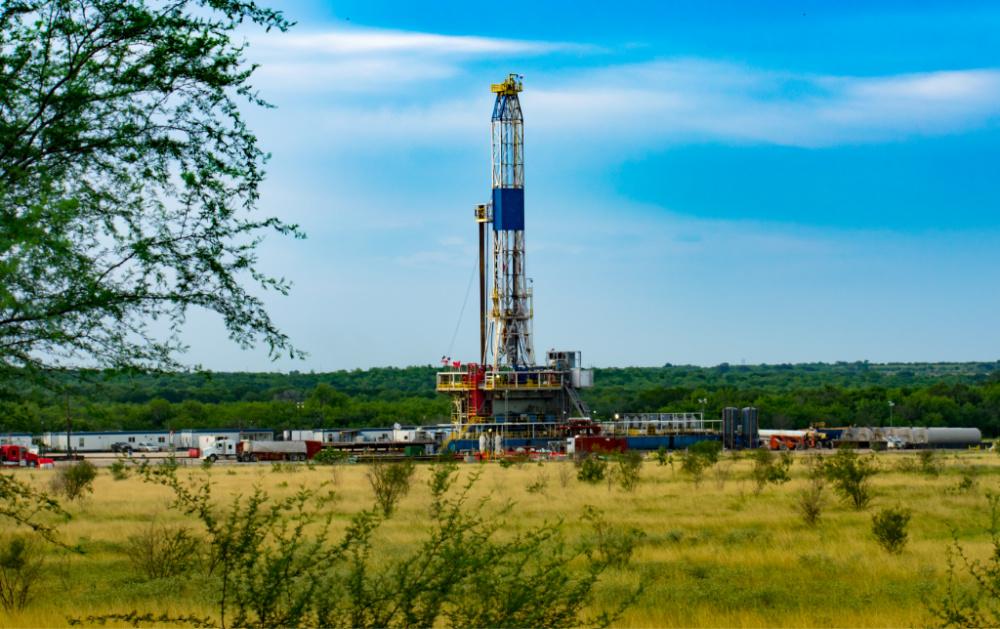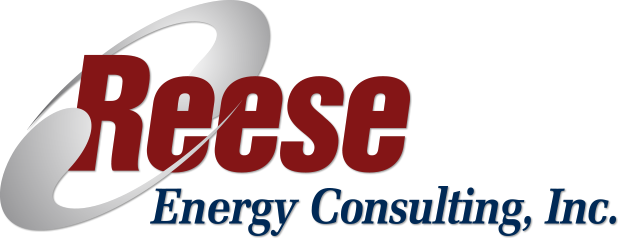
Are You Certified Yet?
The Haynesville is on track to certify 53% of the basin’s natural gas produced—some 7 BCFD—by year end. For the uninitiated, “certified” in this case means an independent third-party has verified that the gas meets specific ESG standards from the wellhead to the market for the purpose of producing a cleaner energy product. That’s where this gets interesting.
Reese Energy Consulting today is following the latest news on the footrace by E&Ps, midstream operators, and utilities to hop on the gas certification bus. But not everyone is ready to buy a ticket to certify their molecules. Why? For one, skepticism, especially by end-users who’d be pressured to buy strictly certified gas. And then there’s that pesky issue for producers across various basins who deal with different geologic properties that determine methane levels. That’s a biggie here.
If you’re a Haynesville operator, you’re sitting fat and happy with ultra-low methane intensity between 0.621% and 0.776%. If you’re an Appalachia player, you also get a low grade. But if you’re in the Bakken or Anadarko or any number of other basins, that’s a whole other kettle of fish. Still, it’s hard to ignore the movement afoot to make certified natural gas another ESG supply chain goal. What do you think? Learn more about REC and our range of natural gas and LNG expertise at www.ReeseEnergyConsulting.com.
